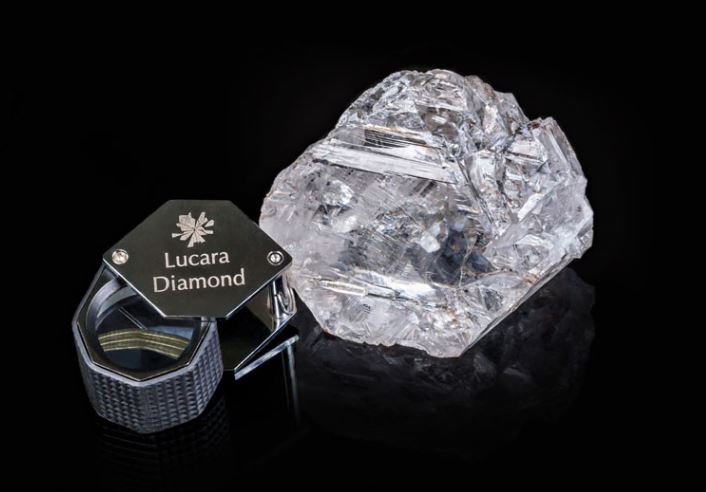Luxury jewelry represents a realm of sophistication and artistry, transcending mere adornment to become a powerful form batu permata of self-expression. From dazzling diamonds to rare gemstones, luxury jewelry captures the imagination and reflects the wearer’s personality and status. In this article, we delve into the captivating universe of luxury jewelry, exploring its rich history, exceptional craftsmanship, and current trends.

A Historical Overview
The fascination with jewelry spans millennia, with ancient civilizations using precious materials to signify power and beauty. In Egypt, gold and lapis lazuli adorned pharaohs, believed to bring divine protection in the afterlife. Similarly, the Greeks and Romans crafted intricate pieces that displayed wealth and social standing, often incorporating mythological themes.
During the Renaissance, the art of jewelry-making flourished. Skilled artisans began experimenting with new techniques and materials, leading to the rise of iconic brands like Cartier and Tiffany & Co. These houses set the benchmark for luxury, creating pieces that are cherished by collectors and enthusiasts today.
The Craftsmanship Behind Luxury Jewelry
What distinguishes luxury jewelry is the meticulous craftsmanship involved in its creation. Each piece is often handcrafted by artisans who devote countless hours to perfecting their work.
Material Selection
The journey begins with sourcing high-quality materials. Jewelers meticulously select precious metals such as gold, platinum, and silver, along with a wide array of gemstones. Factors such as color, clarity, cut, and carat weight play critical roles in determining the quality and value of each stone.
Design Process
The design process is a blend of inspiration and innovation. Designers draw from various influences—nature, architecture, and cultural motifs—to create unique pieces that resonate with wearers. Traditional techniques like hand engraving and filigree often come together with modern technology, resulting in breathtaking designs that are both timeless and contemporary.
The Ethical Luxury Movement
As consumers become more conscious of their purchasing choices, the demand for ethically sourced luxury jewelry is on the rise. Brands are increasingly committed to sustainability, focusing on responsible sourcing, fair labor practices, and environmentally friendly production methods. This shift not only appeals to modern consumers but also reinforces the integrity of the luxury market.
Trends Shaping the Luxury Jewelry Landscape
The luxury jewelry industry is constantly evolving, influenced by changing consumer preferences and fashion trends:
1. Customization
Personalization has become a key trend in luxury jewelry. Consumers are seeking bespoke pieces that reflect their unique stories and styles. From engraved initials to custom designs, personalized jewelry allows for deeper emotional connections.
2. Vintage Revival
The allure of vintage and antique jewelry continues to grow. Many collectors are drawn to one-of-a-kind pieces that carry historical significance and character. Styles from the Art Deco and Victorian periods are especially sought after for their intricate craftsmanship and timeless appeal.
3. Bold and Colorful Designs
While classic diamonds remain popular, luxury brands are increasingly embracing vibrant colors and unique gemstones. Pieces featuring striking stones like emeralds, sapphires, and even unconventional materials are appealing to those looking to make a bold statement.
Conclusion
Luxury jewelry is a captivating blend of history, artistry, and personal expression. As the industry evolves to meet the demands of conscious consumers, it remains a symbol of elegance and sophistication. Whether passed down through generations or crafted as a modern statement piece, luxury jewelry continues to enchant and inspire, celebrating the beauty and individuality of those who wear it. In a world where personal expression is paramount, luxury jewelry stands as a timeless